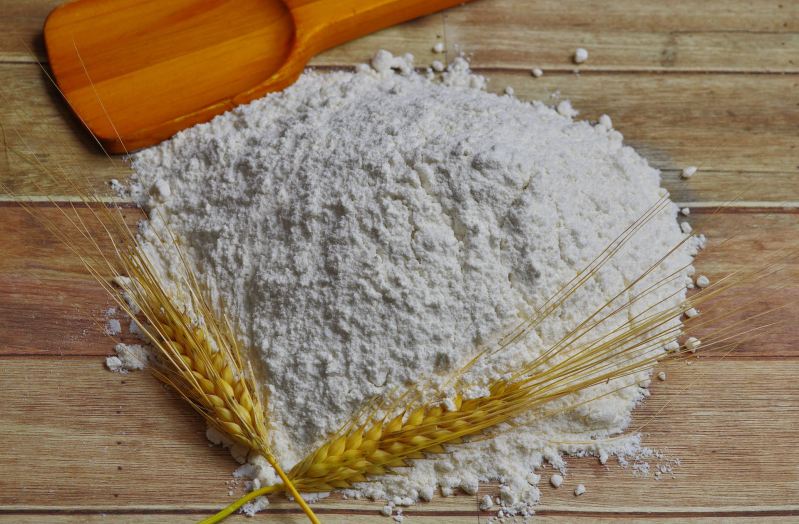
It’s pretty universally agreed that bacon is delicious. There are very few dishes (if any?) that can’t be improved by a few crispy, savory, meaty slices of this porky treat. Slip a few pieces into a sandwich, crumble them up and sprinkle over salad for a noticeable improvement. Dip the stuff in chocolate, for crying out loud. We’ll take it any way we can get it. Even the grease it leaves behind is something of a magical ingredient in and of itself. There’s no denying that bacon is wonderful. A true gift. But what if we told you that there’s a secret to even tastier, crispier bacon? Impossible, you may say. And yet, it’s true. And the secret weapon is something we guarantee you have in your cupboard at this very moment. Plain ol’ fashioned all-purpose flour.

Why does flour make bacon crispy?
By cooking bacon that has been dredged in flour first, you’re doing a few things to help improve both its flavor and texture. Firstly, the coating of flour will help dry the bacon and absorb excess moisture, which is one of the keys of properly browned meats. Flour also provides a protective coating, helping to keep the bacon from overcooking. Another added perk of flouring first is that the flour will weigh the bacon down so that it fries flat and won’t curl up on you, which can be terribly annoying when you’re trying to get that perfect breakfast-in-bed shot for Instagram.
In the end, with this simple step, you’ll have evenly cooked, crispy, picture-perfect bacon with a hint of deep-fried indulgence.

What about alternative flours?
Even if you’re gluten-intolerant, you can enjoy perfectly crispy bacon as well. Different flours will provide different results, which is something you’re probably familiar with if you’re used to cooking with gluten-free ingredients. Cornstarch will work very well here; just be sure to shake off the excess before cooking, as it tends to stick pretty aggressively. Rice flour also works very well.

Crispy bacon tips and tricks
- The flour trick works both when pan-frying bacon and baking it in the oven, so this hack will work no matter your favorite bacon cooking method.
- For even crispier bacon, coat it in flour the night before and leave it to rest in the refrigerator overnight. It’s best to separate the layers of bacon with a piece of parchment.
- Don’t be afraid of over-flouring your bacon. The more flour you use, the more crispy and delicious your bacon will be.



